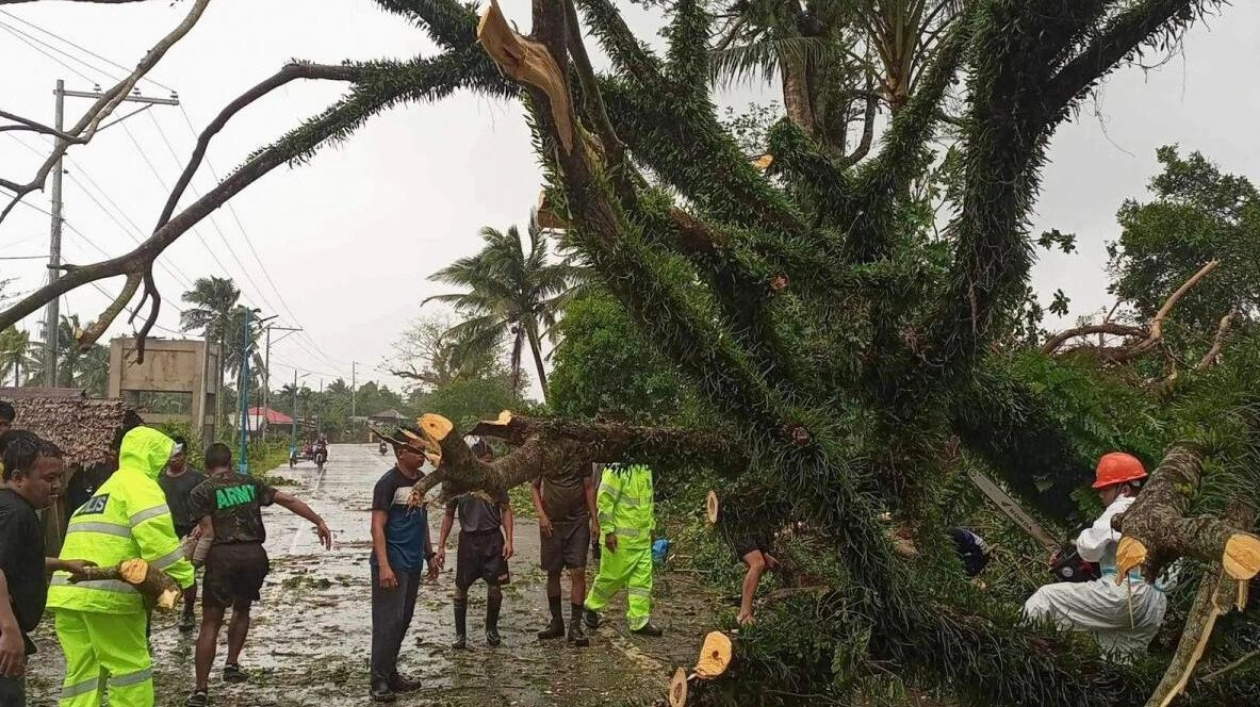Photo: AFP
The Philippines issued fresh weather warnings on Tuesday as the fifth major storm in three weeks approached the archipelago, just days after thousands were evacuated due to Typhoon Toraji. Now a weakened tropical storm, Toraji moved out to sea overnight, causing relatively limited damage and no reported fatalities. However, Tropical Storm Usagi was now only two days away from the country's northeast coast, according to the national weather agency. The government reported that over 32,000 people were evacuated from vulnerable areas in the northern Philippines ahead of Toraji's Monday landfall. This evacuation followed the devastation caused by Severe Tropical Storm Trami, Typhoon Yinxing, and Super Typhoon Kong-rey, which together claimed 159 lives. Most of these deaths occurred during Trami, which brought torrential rains, triggering deadly flash floods and landslides. There were no significant reports of flooding during Toraji's passage. Usagi's 75 kilometers (47 miles) per hour winds are expected to generate large waves along the northeast coast starting late Tuesday, ahead of a predicted Thursday landfall, when it is forecast to strengthen into a typhoon. The weather service advised small seacraft mariners not to venture out to sea under these conditions. Although there were no casualties reported from Toraji, around 15,000 people remained in government-run evacuation centers. Utility workers were repairing damaged bridges, restoring electricity, and clearing roads obstructed by landslides, fallen trees, and power pylons. The extent of damage to private homes was not immediately clear, but 29 towns and cities were still without power as ports reopened and students in nearly 600 towns and cities returned to school. Following Usagi, the weather service noted that Tropical Storm Man-yi, currently near the Northern Mariana Islands, could also pose a threat to the Philippines next week. The archipelago typically experiences about 20 major storms and typhoons each year, resulting in numerous fatalities and perpetuating poverty for millions. A recent study revealed that storms in the Asia-Pacific region are increasingly forming closer to coastlines, intensifying more rapidly, and lasting longer over land due to climate change.
Source link: https://www.khaleejtimes.com






